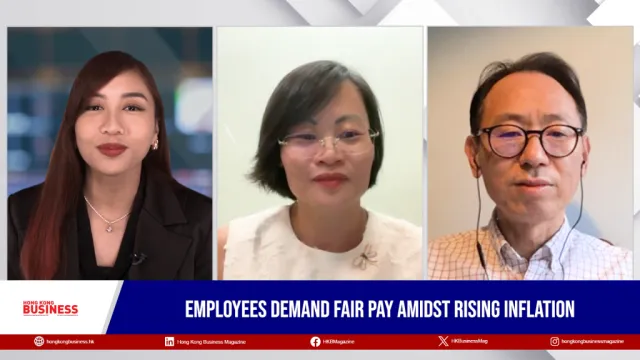Pacific Andes and China Fishery Group’s net earnings disappoint
OCBC ceased coverage of both stocks over muted outlook.
According to OCBC Investment Research, in Nov 2012, both Pacific Andes Resources Development (PARD) and China Fishery Group (CFG) posted earnings which were below market expectations and despite recent broader market rally, both stocks failed to recover grounds.
"After the results, PARD traded down from 14.9 cents in Nov 2012 to as low as 12.9 cents, but has yet to recover back to the 14.9 cents level since Nov 2012. Similarly, CFG fell from 68.5 cents gains to as low as 53 cents and is currently hovering around 62 cents."
Here's more:
Below expectations results and cut in dividend payout. As a recap, PARD generated FY12 net earnings of HK$627.7m, below market expectations of HK$755.3m, while CFG was hurt by several factors including lower catch volumes and reported a 25% drop in FY12 earnings to US$78.1m. PARD also saw weakness in its margins.
Together with the disappointing results, management also slashed its dividend payout. For PARD, the dividend payout was cut to 0.3 S cent (14.5% of earnings), down from 1.08 S cents (which traditionally accounted for about one-third of its earnings). For CFG, dividend payout was cut to 1.9 S cents versus 4.5 S cents previously.
Ceasing coverage on PARD PARD’s earnings growth trend is now limited by several key challenges ahead, including growing its fishing operations and ensuring increases in catch volumes/entitlements in all its fishing grounds. We projected flat FY13 earnings of HK$638m (down 17.5% from FY10 high of HK$773m).
Since June 2012, the stock has been trading below 16 cents (range of 12.9 to 15.8 cents with an average price of 14.6 cents). There appears to be limited near-to medium-term share price drivers for now. Assuming an average price of 14.6 cents (which is close to our fair value estimate of 14.3 cents) and based on last year’s dividend payout of 0.3 S cent, the dividend yield is only 2%, sharply below its historical level.
As such, we are CEASING COVERAGE on the stock due to the lack of medium-term price drivers and muted earnings outlook.



















 Advertise
Advertise








